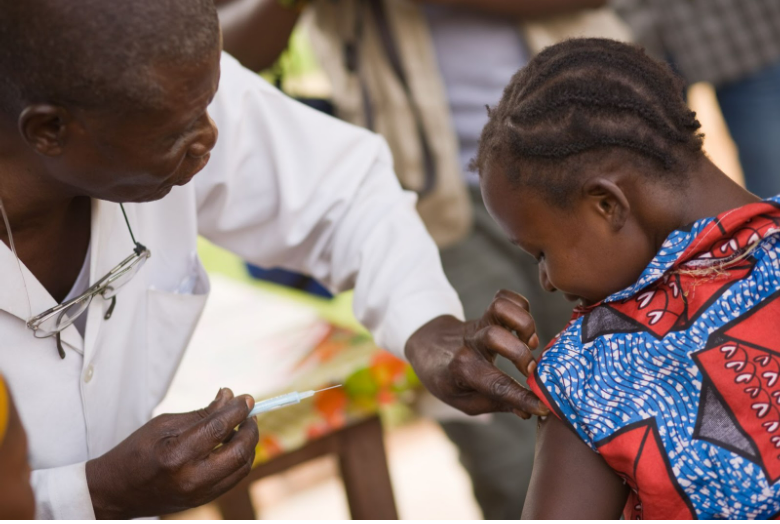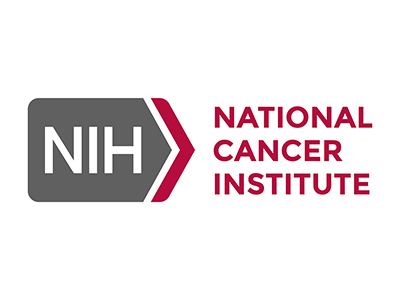Understanding Factors Impacting HPV Vaccine Uptake in Kenya and Malawi

Researchers are partnering with IPA Kenya to assess the underlying factors contributing to low uptake of HPV vaccines and offer insights for addressing increased vaccination rates.
Cervical cancer is a significant global health issue, with approximately 350 thousand deaths reported in 2022.1 It ranks as the fourth most common cancer among women worldwide, primarily due to the human papillomavirus (HPV), responsible for over 95 percent of cervical cancer cases.2
Preventive measures, such as HPV vaccines, play a crucial role in reducing the risk of cervical cancer. Hence, the World Health Organization (WHO) recommends administering these vaccines to girls aged 9 to 14 years before any potential HPV exposure. In 2019, the Kenyan government initiated a program offering free HPV vaccines, consisting of two doses given to 10-year-old girls six months apart. However, the uptake of these vaccines has been notably low, with only 31 percent of eligible girls fully vaccinated in 2020.3 HPV vaccination in Malawi is similarly low, as 14 percent of eligible girls in 2021 had received their first dose.4
To assess the factors influencing the low uptake of the HPV vaccine in Kenya and Malawi, researchers working with IPA launched a Random Digit Dial (RDD) survey in 2023 involving 1,300 caregivers of preadolescent girls. This telephone survey covered various dimensions, including caregiver knowledge about the HPV vaccine, perceptions, attitudes, access to vaccination services, and the availability of information regarding the vaccine. To complement the phone survey, researchers also conducted a validation exercise involving household surveys with 150 caregivers and their preadolescent girls in Busia and Nairobi counties in Kenya to assess whether caregivers can reliably report their girls’ HPV vaccination status.
Results will be available in 2024.
Sources
1,2. World Health Organization, "Cervical cancer," World Health Organization, November 17, 2023, https://www.who.int/news-room/fact-sheets/detail/cervical-cancer
3. Umutesi, Grace, Lynda Oluoch, Bryan J. Weiner, Elizabeth Bukusi, Maricianah Onono, Betty Njoroge, Lucy Mecca, Kenneth Ngure, Nelly R. Mugo, and Ruanne V. Barnabas. "HPV vaccination in Kenya: a study protocol to assess stakeholders' perspectives on implementation drivers of HPV vaccination and the acceptability of the reduced dose strategy among providers." Frontiers in Health Services 3 (2023).
4. Bruni, Laia, Anna Saura-Lázaro, Alexandra Montoliu, Maria Brotons, Laia Alemany, Mamadou Saliou Diallo, Oya Zeren Afsar et al. "HPV vaccination introduction worldwide and WHO and UNICEF estimates of national HPV immunization coverage 2010–2019." Preventive medicine 144 (2021): 106399.
Funding Partners













